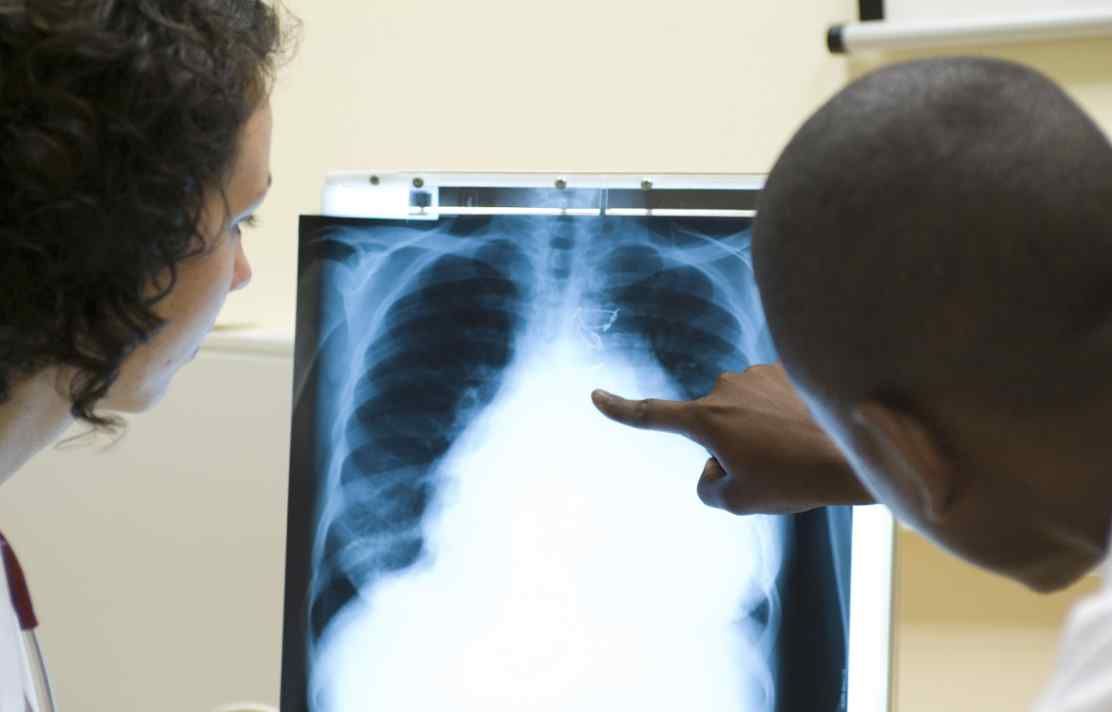BibTex format
@article{Killingley:2022:10.1038/s41591-022-01780-9,
author = {Killingley, B and Mann, AJ and Kalinova, M and Boyers, A and Goonawardane, N and Zhou, J and Lindsell, K and Hare, SS and Brown, J and Frise, R and Smith, E and Hopkins, C and Noulin, N and Londt, B and Wilkinson, T and Harden, S and McShane, H and Baillet, M and Gilbert, A and Jacobs, M and Charman, C and Mande, P and Nguyen-Van-Tam, JS and Semple, MG and Read, RC and Ferguson, NM and Openshaw, PJ and Rapeport, G and Barclay, WS and Catchpole, AP and Chiu, C},
doi = {10.1038/s41591-022-01780-9},
journal = {Nature Medicine},
pages = {1031--1041},
title = {Safety, tolerability and viral kinetics during SARS-CoV-2 human challenge in young adults},
url = {http://dx.doi.org/10.1038/s41591-022-01780-9},
volume = {28},
year = {2022}
}
RIS format (EndNote, RefMan)
TY - JOUR
AB - Since its emergence in 2019, severe acute respiratory syndrome coronavirus 2 (SARS-CoV-2) has caused hundreds of millions of cases and continues to circulate globally. To establish a novel SARS-CoV-2 human challenge model that enables controlled investigation of pathogenesis, correlates of protection and efficacy testing of forthcoming interventions, 36 volunteers aged 18–29 years without evidence of previous infection or vaccination were inoculated with 10 TCID50 of a wild-type virus (SARS-CoV-2/human/GBR/484861/2020) intranasally in an open-label, non-randomized study (ClinicalTrials.gov identifier NCT04865237; funder, UK Vaccine Taskforce). After inoculation, participants were housed in a high-containment quarantine unit, with 24-hour close medical monitoring and full access to higher-level clinical care. The study’s primary objective was to identify an inoculum dose that induced well-tolerated infection in more than 50% of participants, with secondary objectives to assess virus and symptom kinetics during infection. All pre-specified primary and secondary objectives were met. Two participants were excluded from the per-protocol analysis owing to seroconversion between screening and inoculation, identified post hoc. Eighteen (~53%) participants became infected, with viral load (VL) rising steeply and peaking at ~5 days after inoculation. Virus was first detected in the throat but rose to significantly higher levels in the nose, peaking at ~8.87 log10 copies per milliliter (median, 95% confidence interval (8.41, 9.53)). Viable virus was recoverable from the nose up to ~10 days after inoculation, on average. There were no serious adverse events. Mild-to-moderate symptoms were reported by 16 (89%) infected participants, beginning 2–4 days after inoculation, whereas two (11%) participants remained asymptomatic (no reportable symptoms). Anosmia or dysosmia developed more slowly in 15 (83%) participants. No quantitative cor
AU - Killingley,B
AU - Mann,AJ
AU - Kalinova,M
AU - Boyers,A
AU - Goonawardane,N
AU - Zhou,J
AU - Lindsell,K
AU - Hare,SS
AU - Brown,J
AU - Frise,R
AU - Smith,E
AU - Hopkins,C
AU - Noulin,N
AU - Londt,B
AU - Wilkinson,T
AU - Harden,S
AU - McShane,H
AU - Baillet,M
AU - Gilbert,A
AU - Jacobs,M
AU - Charman,C
AU - Mande,P
AU - Nguyen-Van-Tam,JS
AU - Semple,MG
AU - Read,RC
AU - Ferguson,NM
AU - Openshaw,PJ
AU - Rapeport,G
AU - Barclay,WS
AU - Catchpole,AP
AU - Chiu,C
DO - 10.1038/s41591-022-01780-9
EP - 1041
PY - 2022///
SN - 1078-8956
SP - 1031
TI - Safety, tolerability and viral kinetics during SARS-CoV-2 human challenge in young adults
T2 - Nature Medicine
UR - http://dx.doi.org/10.1038/s41591-022-01780-9
UR - http://gateway.webofknowledge.com/gateway/Gateway.cgi?GWVersion=2&SrcApp=PARTNER_APP&SrcAuth=LinksAMR&KeyUT=WOS:000777221800001&DestLinkType=FullRecord&DestApp=ALL_WOS&UsrCustomerID=1ba7043ffcc86c417c072aa74d649202
UR - https://www.nature.com/articles/s41591-022-01780-9
UR - http://hdl.handle.net/10044/1/96278
VL - 28
ER -
